
Kurashiki School of Traditional Crafts Kurashiki Japan
Discover centuries of Japanese folk artistry in a serene 18th-century granary, showcasing everyday tools and crafts.
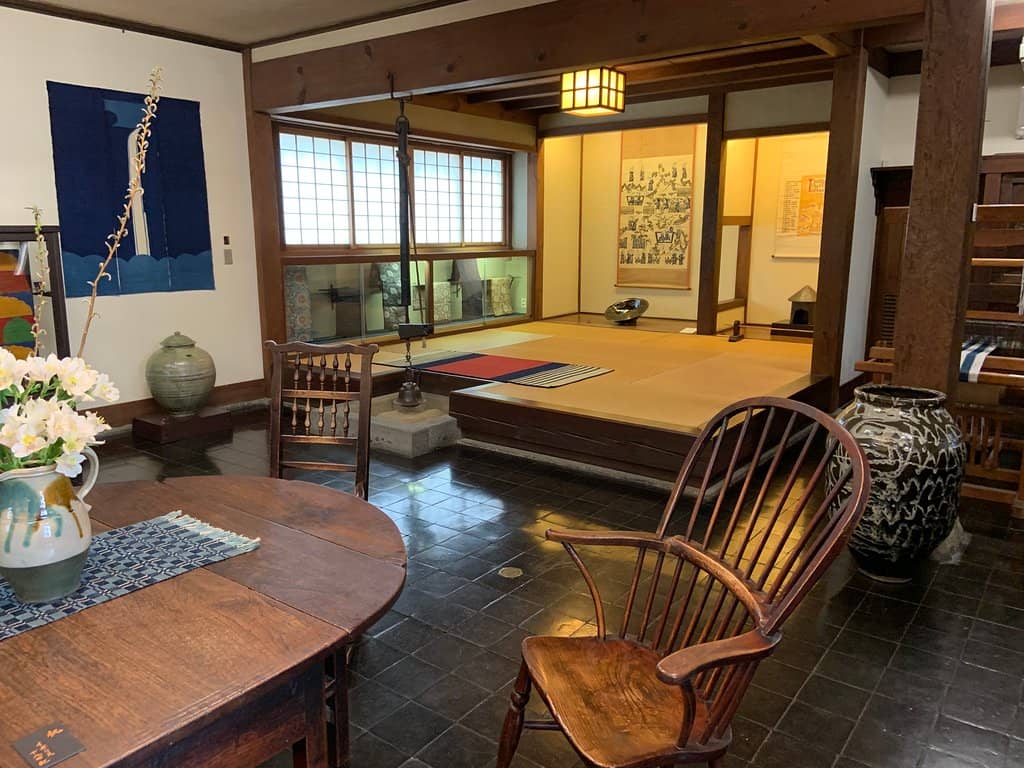
Highlights
Must-see attractions
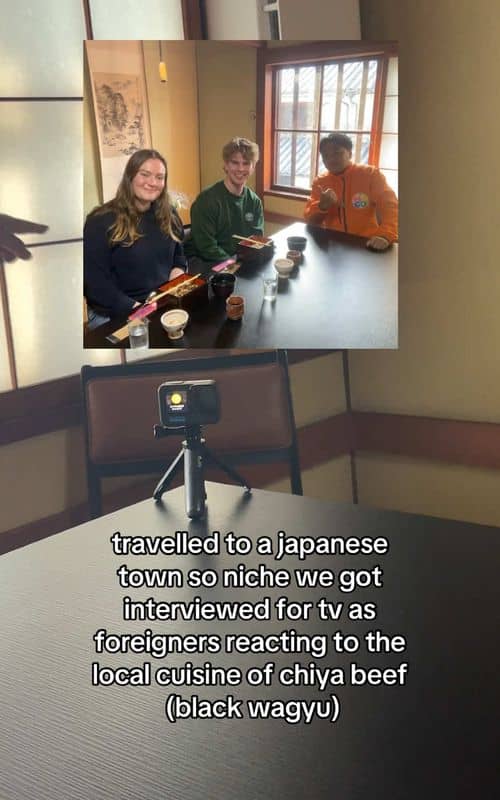
Social
From TikTok & Reddit
Best Time
Fewer crowds, more peaceful viewing

Kurashiki School of Traditional Crafts Kurashiki Japan
Best Time
Fewer crowds, more peaceful viewing

Highlights
Must-see attractions
Discover centuries of Japanese folk artistry in a serene 18th-century granary, showcasing everyday tools and crafts.
"A beautiful collection of traditional crafts in a stunning historic setting, though explanations are limited."
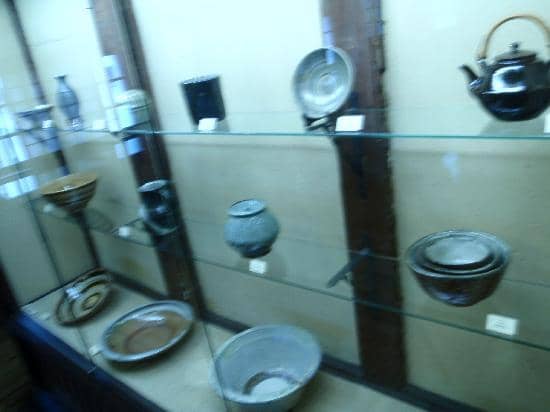
📚 Pre-visit Folk Craft Research
Understanding the mingei movement enhances appreciation for the exhibits.
🗣️ Limited English Explanations
Be prepared for minimal English text; consider a translation app.
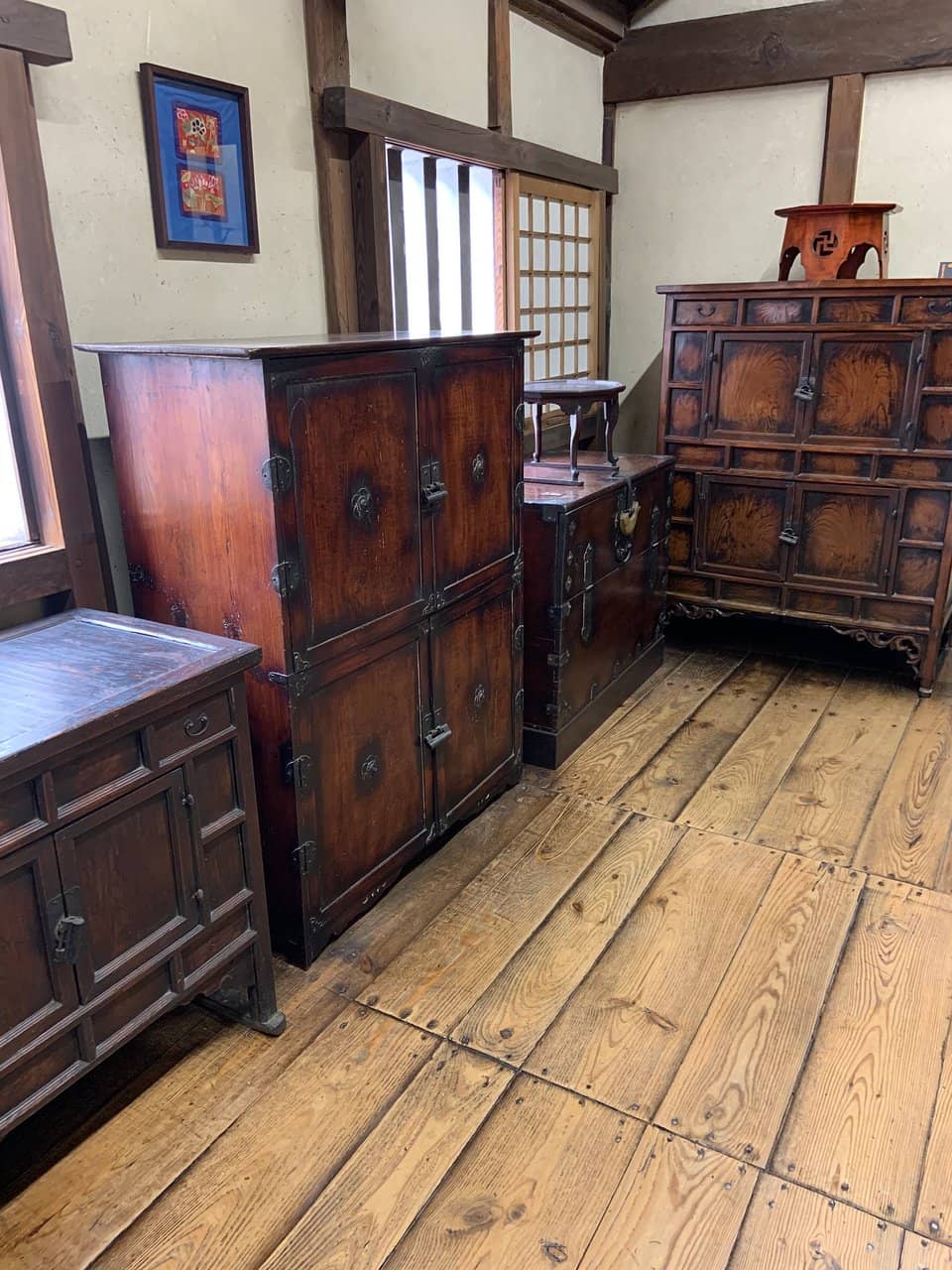
Highlights
Discover the most iconic attractions and experiences

Traditional Everyday Tools
Main exhibition halls
Discover centuries-old tools, ceramics, and textiles that reveal the artistry of daily life.

Architectural Ambiance
18th-century rice granary building
Experience the serene atmosphere within a beautifully preserved historic building.
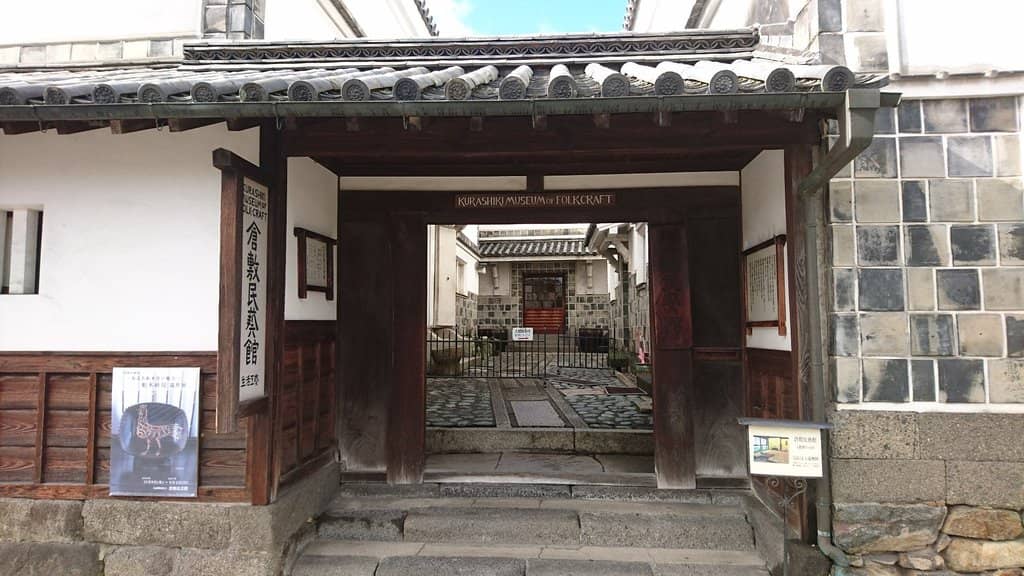
Curated Pottery Collection
Ceramics section
Admire a well-curated selection of pottery, showcasing local and international craftsmanship.
Plans like a pro.
Thinks like you
Planning Your Visit
Understand the Folk Craft Movement
Manage Expectations on Information
Best Times
Insider Tips
from TikTok, Instagram & Reddit
📚 Pre-visit Folk Craft Research
Understanding the mingei movement enhances appreciation for the exhibits.
🗣️ Limited English Explanations
Be prepared for minimal English text; consider a translation app.
🛍️ Interesting Museum Shop
The shop offers well-curated potteries and crafts, a highlight for some.
🏛️ Combine with Historical Square
Visit the nearby historical Bikan Quarter for a fuller experience.
Tips
from all over the internet
📚 Pre-visit Folk Craft Research
Understanding the mingei movement enhances appreciation for the exhibits.
🗣️ Limited English Explanations
Be prepared for minimal English text; consider a translation app.
🛍️ Interesting Museum Shop
The shop offers well-curated potteries and crafts, a highlight for some.
🏛️ Combine with Historical Square
Visit the nearby historical Bikan Quarter for a fuller experience.
What Travellers Say
Reviews Summary
Visitors appreciate the museum's serene atmosphere and the beautiful preservation of traditional crafts and the historic granary building. However, some find the admission fee steep given the limited English explanations and basic information provided for the exhibits, suggesting pre-visit research is beneficial. The museum shop is noted as a positive aspect for those interested in purchasing crafts.
"I very much enjoyed the folkcraft museum!
It was a great collection of traditional everyday tools throughout the centuries also outside Japan.
The atmosphere and architecture of the space is very beautiful and calm and let‘s you enjoy all the details 🌞
It‘s also a much bigger space than I expected and I felt like it had a bigger (and more interesting) collection than the one in Tokyo."
Mona
"It was a bit underwhelming but that may be because I missed things on translation. However, if you are researching folk craft, it could be helpful. I feel that compared to other folk craft museums, there's less explanation of origins, methods, adaptation and current use. I don't think it's worth the entrance fee, which is the same as the Ukiyo-e museum."
Dd Haryaty
"not worth the 1200 yen admission fee. There is no english explanation and even in Japanese it was very lacking.
No explanation of what basic Folkcraft is and when you enter it was rows of weaved basket, different potteries.
unless I google I wouldnt have gained much knowledge sadly.
The shop however is very fun in my opinion, although also lacking in many ways.
But potteries were well curated."
Agnes Nata
What People Like
What People Dislike
Frequently Asked Questions
🚇 🗺️ Getting There
The museum is located in the historic Bikan Quarter of Kurashiki City, Okayama Prefecture. You can reach Kurashiki Station by Shinkansen (bullet train) from major cities like Osaka or Tokyo. From Kurashiki Station, it's a pleasant walk or a short bus/taxi ride to the Bikan Quarter where the museum is situated.
Absolutely! Kurashiki, often called the 'Venice of Japan,' is a popular day trip from Osaka and other nearby cities. Its charming canals and historic buildings make it a worthwhile visit.
Many visitors enjoy strolling along the willow-lined canals and exploring the traditional storehouses. Boat rides are also available for a unique perspective.
🎫 🎫 Tickets & Entry
The admission fee is 1200 yen. Some visitors feel it's a bit high given the limited explanations, while others find the collection and atmosphere worth the price.
Information on discounts is not widely available. It's advisable to check the official website or inquire at the ticket counter upon arrival.
The museum typically opens around 9 AM and closes at 5 PM, but it's always best to verify the current hours on their official website before your visit.
Tickets are generally available for purchase at the museum's entrance. Advance booking is usually not necessary unless there are special exhibitions.
🎫 🏛️ Onsite Experience
The museum displays a wide range of traditional Japanese folk crafts, including ceramics, textiles, basketry, lacquerware, and everyday tools from various regions and eras.
Explanations are primarily in Japanese. While some items might have basic labels, detailed information in English is limited, which can be a drawback for international visitors.
A visit can take anywhere from 1 to 2 hours, depending on your interest in folk crafts and how much time you spend examining the exhibits and the museum shop.
While children can appreciate the visual aspects of the crafts, the lack of interactive elements and limited English explanations might make it less engaging for younger visitors.
The mingei movement, championed by Soetsu Yanagi, celebrates the beauty and artistry of everyday, utilitarian objects made by anonymous craftspeople. It emphasizes simplicity, natural materials, and functionality.
🍽️ 🛍️ Shopping & Dining
Yes, the museum has a shop that offers a selection of pottery and crafts. Some visitors find it well-curated, though others note it also has its limitations.
The Bikan Quarter is filled with charming cafes and restaurants. You can find local specialties, including delicious onigiri at Shisui teahouse, or try unique denim-themed food.
Kurashiki is known for its denim culture, so you might find denim-themed ice cream or pork buns. For a memorable breakfast, consider Shisui, a cozy teahouse.
For Different Travelers
Tailored advice for your travel style
👨👩👧 Families with Kids
📚 Art & History Enthusiasts
📸 Photographers
Deep Dives
In-depth insights and expert knowledge
The Charm of Kurashiki's Bikan Quarter
Visitors often enjoy strolling along the canals, taking photos of the traditional architecture, and perhaps even taking a boat ride for a different perspective. The contrast between the white-walled storehouses and the blue sky is particularly striking. The Bikan Quarter is also known for its unique local products, including denim, as Kurashiki is a major center for denim production in Japan. This blend of history, art, and local culture makes the Bikan Quarter a must-visit destination.
Understanding the Folk Craft (Mingei) Movement
The museum's collection showcases this by featuring a wide array of traditional tools, ceramics, textiles, and basketry. These are not high art pieces, but rather the objects that ordinary people used in their daily lives, elevated by the skill and care of their makers. Visiting the museum with an understanding of mingei can transform the experience from simply looking at old items to appreciating the cultural significance and human touch behind each piece. It's about recognizing the beauty in the ordinary and the craftsmanship that sustained communities for generations.
Navigating Information and Expectations
Some visitors have expressed that the museum's explanations are very basic, even in Japanese, and that they gained more knowledge by researching the mingei movement and specific craft types beforehand or by using translation apps on-site. Despite this, the preservation of the items is often praised, with many pieces appearing remarkably well-maintained despite their age. The museum shop also offers a chance to acquire some of these crafts, though it too may have limited descriptive information.



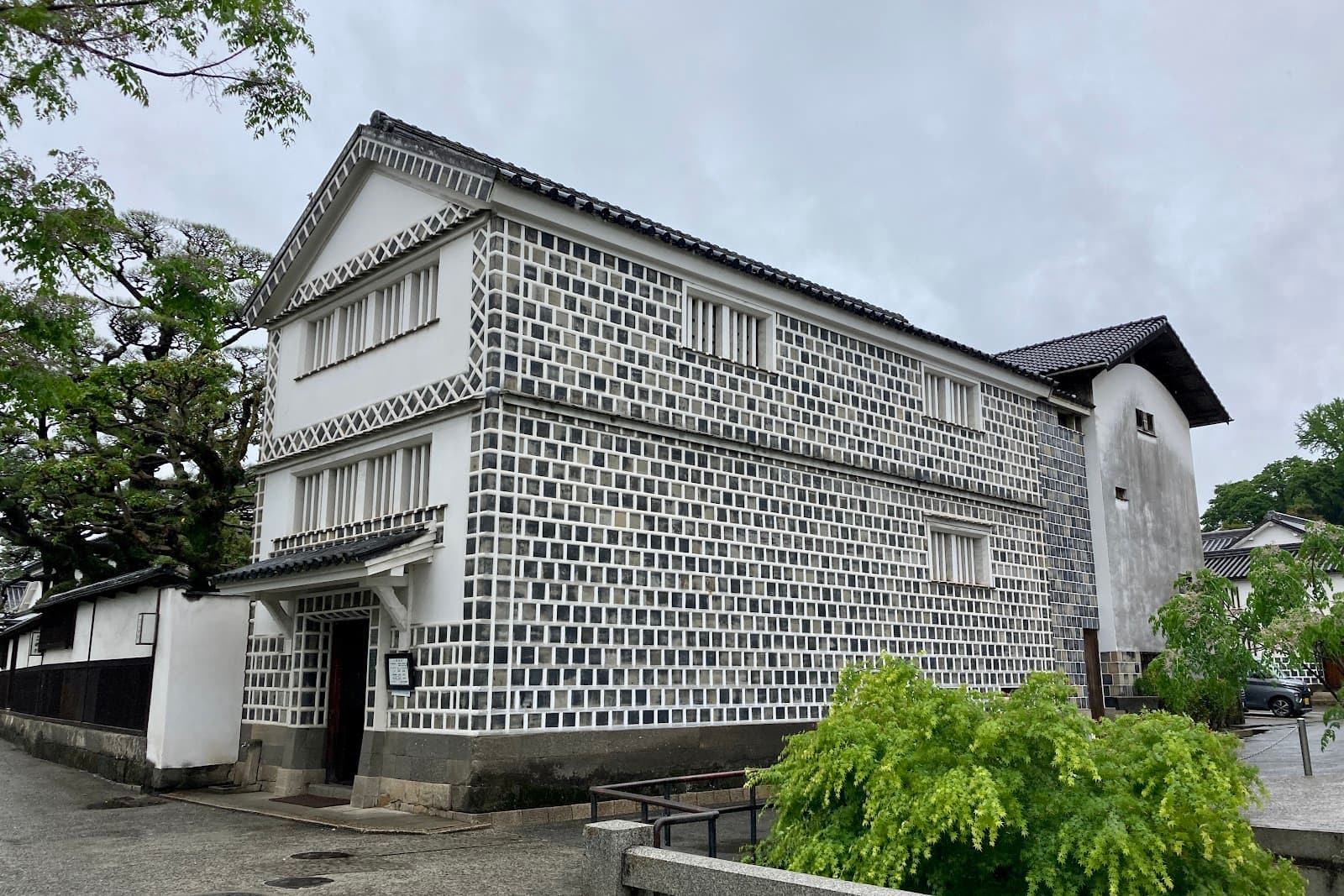
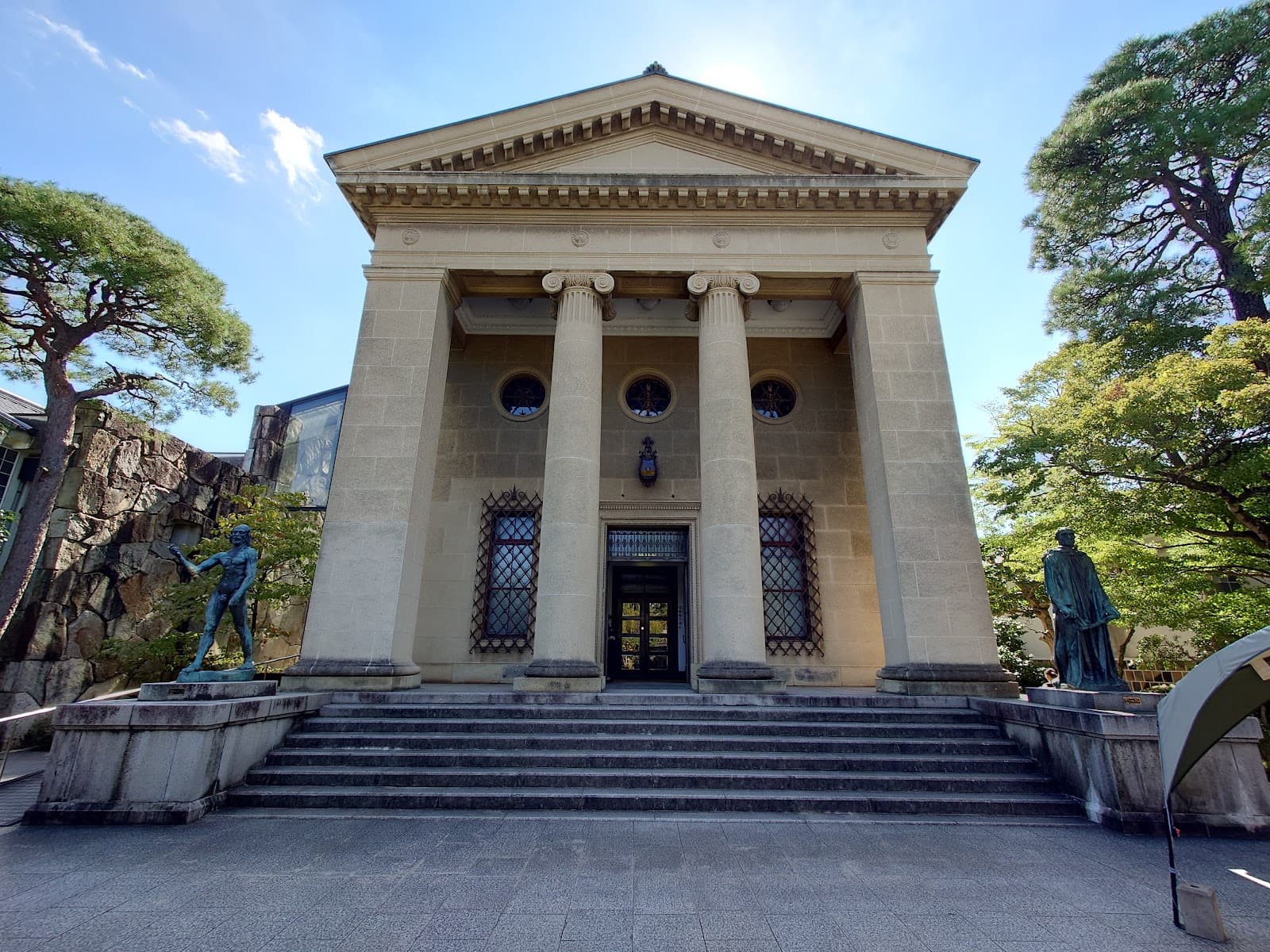
Social
from TikTok, Instagram & Reddit